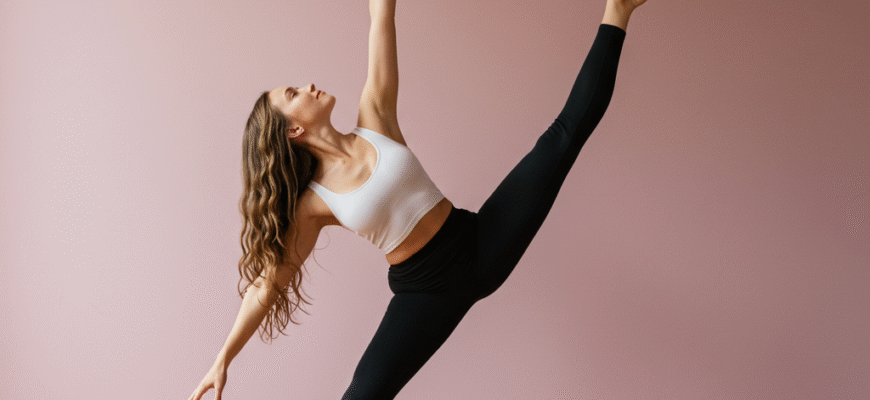Content
Unearthing Your Natural Rhythm
So, how do you find this elusive signature? It starts with letting go. Let go of the idea that movement needs to look a certain way. Let go of comparing yourself to fitness influencers or professional dancers. Let go of the pressure to perform or achieve. The first step is simply to create space for exploration without judgment. This isn’t about getting it “right”; it’s about discovering what feels good, interesting, or simply *right* in your own skin. Consider this: when no one is watching, how do you move? Do you tap your feet? Sway slightly when listening to music? Stretch languidly after sitting? These little unconscious movements are clues. They are fragments of your natural movement dialect. The journey is about amplifying these whispers, giving them room to become a full-blown conversation.Play is Your Compass
Remember being a child? Movement was often synonymous with play. Running for the sake of running, spinning until dizzy, jumping over cracks in the pavement. Recapturing that spirit of play is crucial. Put on some music – any kind that resonates with you, from classical to electronic, jazz to pop – and just… move. Don’t think about choreography. Don’t worry about looking silly. Let the sound guide you. Try different things:- Move slow, then fast.
- Move sharp, then smooth and fluid.
- Explore high levels (reaching up) and low levels (crouching down).
- Focus on moving just one body part, like your wrist or shoulder, then let it spread.
- Imagine you are moving through water, or honey, or air.
Injecting Fun and Finding Flow
The “fun” element is non-negotiable. If it feels like drudgery, you’re unlikely to stick with it or tap into that authentic expression. Fun is subjective, so find what works for you. Maybe it’s the music, maybe it’s moving outdoors in nature, maybe it’s the satisfying feeling of a good stretch, or perhaps it’s the silliness of trying something completely new and unexpected. Fun killers often include:- Overthinking and self-criticism.
- Setting unrealistic expectations.
- Focusing solely on external validation (how it looks).
- Pain or discomfort (listen to your body!).
- Boredom from too much repetition without variation.
Practical Explorations for Your Signature Style
Ready to start digging? Here are some concrete ideas to play with:Sound Experiments
Don’t just stick to your favourite genre. Put on something completely different. How does your body respond to intricate classical music versus a heavy drum beat? Try moving to spoken word poetry or even just ambient nature sounds. Notice how different auditory landscapes inspire different movement qualities.Sensory Focus
Try moving with your eyes closed (in a safe space, of course!). This shifts your focus from the visual – how it looks – to the kinesthetic – how it *feels*. What sensations arise? Where do you feel tension or freedom? Alternatively, focus intently on the feeling of your feet on the floor, the air on your skin, or the stretch in your muscles.Object Interaction
Introduce a simple prop. A scarf, a ribbon, a light ball, even a cushion. How does interacting with an object change your movement? Does it encourage more flowing motions, sharper gestures, or different uses of space? Let the object be a partner in your movement conversation.Environmental Dialogue
Move outside. How does the texture of grass, sand, or pavement influence you? Can you interact with a tree, a bench, or the breeze? Let the environment shape your exploration. Moving in a wide-open space feels different from moving in a confined area.Dedicated Freestyle Time
Set aside just 5-10 minutes regularly with the sole intention of moving freely. No goals, no agenda other than to explore. Treat it like movement journaling. Some days it might feel awkward, other days you might stumble upon something truly wonderful. Consistency matters more than duration.Listen To Your Body’s Signals. Finding your movement signature is about honouring your body, not pushing it past its limits. Pay attention to sensations of ease, pleasure, and flow, but also respect signals of pain or strain. Modify or stop activities that cause discomfort. True flow emerges from a place of respect for your physical self.









